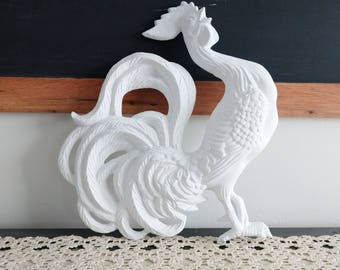

How to use it: Use the same technique as for standard molly bolts.īest for: Picture frames (up to 20 pounds), heavy frames and bulletin boards, smoke alarms and doorbell chimes, towel racks, lightweight shelving, and wall-mounted mirrors (up to and over 20 pounds). These miniature molly bolts will hold light (less than 10 pounds) to heavy loads (25 pounds to 50 pounds) in hollow-core doors and ¼-inch-thick paneling.
Hanging pictures on plaster walls install#
Install item by driving a #6 screw into the flange hole. How to use it: Tap the pointed end and flat shank into wall until the top flange is flush with the wall surface. These easy-to-use fasteners are best for light loads (less than 10 pounds). Once the molly is secure, unscrew the bolt and then replace it with the item in place.īest for: Towel racks on plaster, heavy-duty shelving on drywall and plaster, curtain rod supports on drywall and plaster, and wall-mounted mirrors (over 20 pounds) on plaster. Take care not to overtighten you’ll know this is happening if the anchor flange starts to depress the surface of the plaster or drywall. Turn the screw to “mushroom” the slotted sleeve against the back wall surface. How to use them: Seat the round flange flush with the wall surface by tapping the screwhead. Nonpointed versions require an installation hole, and work well in old plaster-and-lath walls. Pointed mollys (right) can be tapped into place with a hammer. These are not as easy to use as other drywall anchors, but they’re still good to have on hand for medium (10 pounds to 25 pounds) to heavy loads (25 pounds to 50 pounds). For heavier loads (25 pounds to 50 pounds), use a flat-mounted hook and an anchor.īest for: Picture frames (up to 20 pounds) on drywall and plaster. Large versions installed with an angled nail can support up to 20 lbs. It’s good to have a selection of these on hand in different sizes. Attach the item by driving a #6 or #8 screw into the anchor hole.īest for: Heavy picture frames, bulletin boards, smoke alarms, door chimes, lightweight shelving, wall-mounted light fixtures, wall-mounted mirrors on drywall. How to use it: Simply screw the anchor into the wall with a Phillips screwdriver or cordless drill fitted with a Phillips bit. These are great for light (less than 10 pounds) to medium loads (10 pounds to 25 pounds), and are available in metal and plastic.


The most popular all-purpose drywall anchor. Depending on size, sleeves will take #4, #6 or #8 screws.īest for: Heavy picture frames, bulletin boards, smoke alarms, doorbell chimes, lightweight shelving, wall-mounted light fixtures, and wall-mounted mirrors on plaster walls. Fasten by driving a screw into the sleeve. You should need to tap it home with a hammer until the anchor flange seats against the surface. How to use them: Drill a hole that allows a snug fit for the sleeve. Anchors designed to spread their “wings” (right) are less susceptible to withdrawal. Anchors like the blue one don’t expand enough to grab well in drywall they work better in plaster and best in masonry. Types of Fasteners Expanding Plastic SleevesĪvailable in several varieties, these work well for light (less than 10 pounds) and medium loads (10 pounds to 25 pounds). Here are the best fasteners for common household hang-ups. Put together your own collection, and you won’t need to run to the store every time a hanging job comes up-or worry about your wall art crashing to the ground. But, fortunately, there is an anchor for just about any hanging job you can think of. These surfaces separate space, not support weight. Plaster walls and hollow-core doors are no picnic to work on either. It’s tricky to fasten something to drywall when it has to go between studs.


 0 kommentar(er)
0 kommentar(er)
